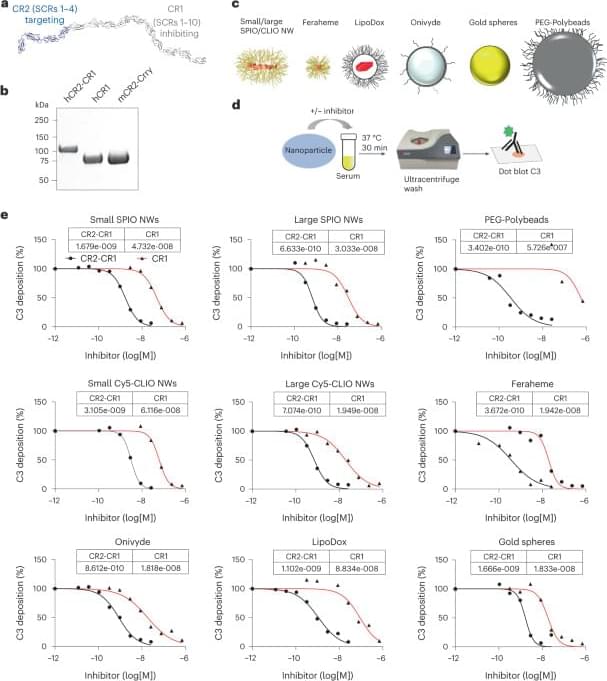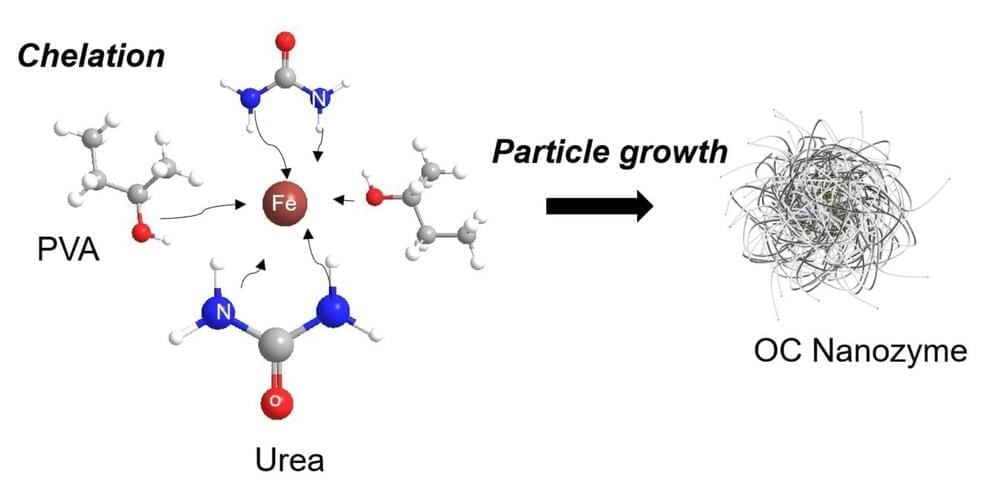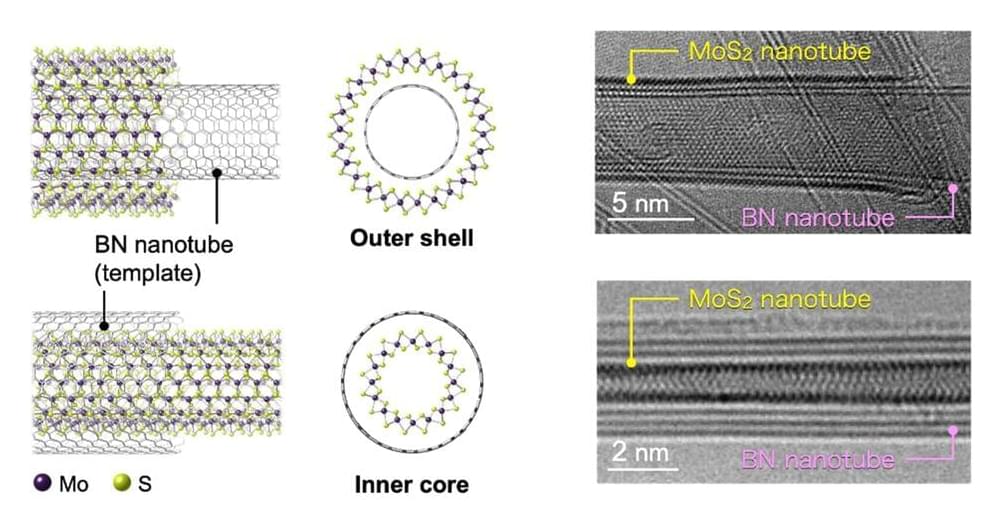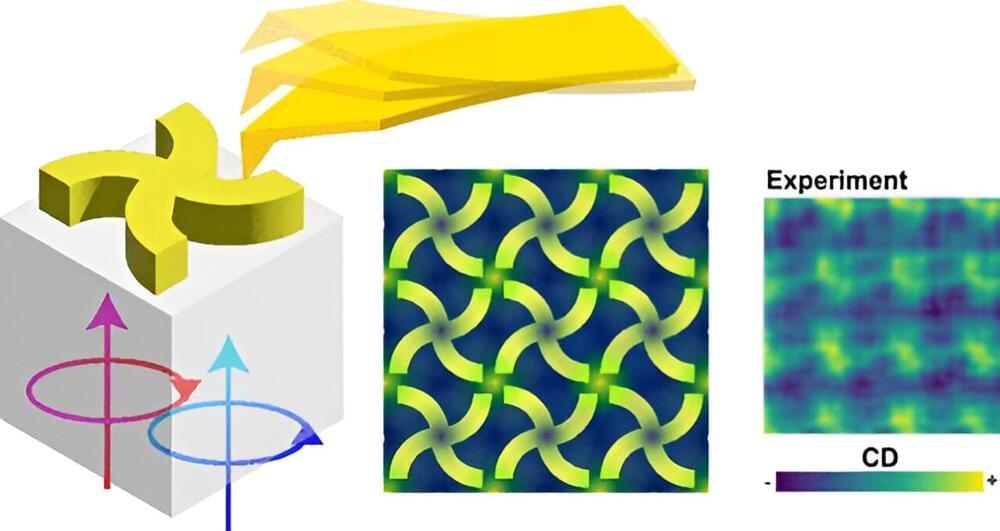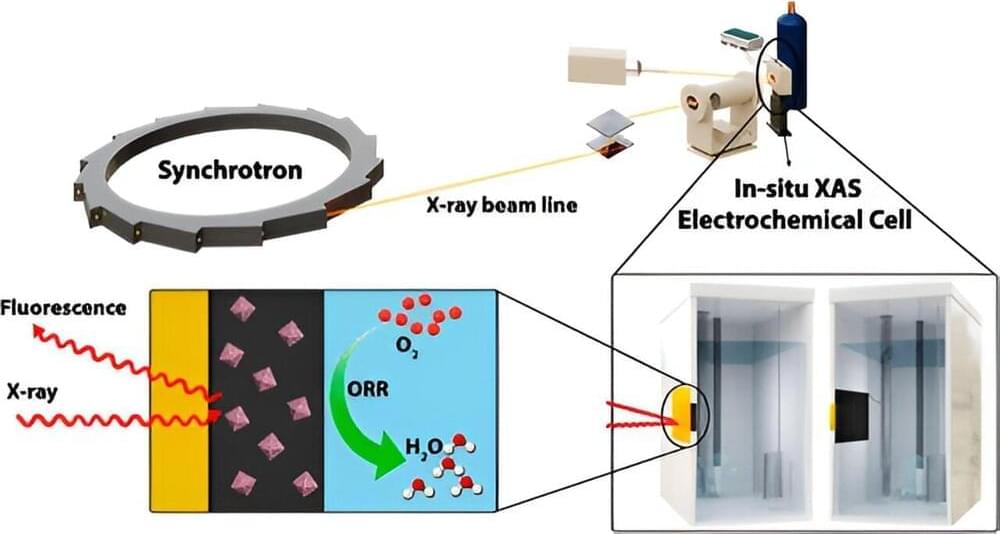Oct 20, 2023
Inhibition of acute complement responses towards bolus-injected nanoparticles using targeted short-circulating regulatory proteins
Posted by Shubham Ghosh Roy in categories: biotech/medical, nanotechnology
A NIAID-funded study suggests a strategy to mitigate harmful side effects of nanoparticles in medicine. The researchers showed in animal models that a lab-made molecule safely prevented nanomedicines from activating a set of immune-system proteins called the complement system and causing negative side effects. This is significant because when nanoparticles activate complement, the resulting immune response can not only cause an adverse reaction, but also reduce the efficacy of nanomedicines.
